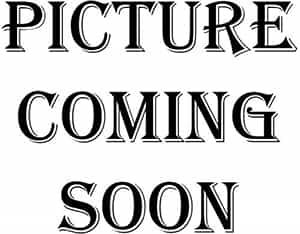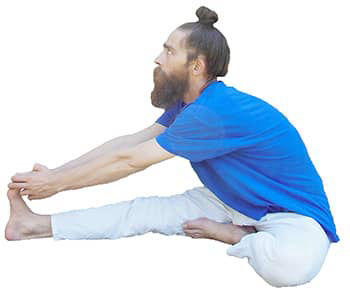Practice - Variation 1

Maha Mudra
In Sanskrit, Maha means "great" and Mudra means "gesture." This practice is a Adhara Mudra meaning "perineal gesture" practice. This practice is the first Mudra mentioned in both the Hatha Yoga Pradipika, Gheranda Samhita as well as the Shiva Samhita.
This practice is best preformed in the early morning, on an empty stomach and after the practice of Asana and Pranayama and before Meditation. This practice helps the practitioner to awaken the Kundalini Shakti, located within Muladhara Chakra as well as activating Muladhara. This is one of ten Mudra practices that are said to destroy old age and death as well as giving divine wealth.
Practice - Variation 1

Practice - Variation 2

This practice is also referred to as
The six cleansing actions are intended to be the start of a Yoga practice in order to clean, strengthen, remove toxins and improve the flow of Prana through out the practitioner.
Yoga poses help to elongate and strengthen the muscles of the body as well as to calm the mind for the deeper spiritual practices of Yoga.
Breathing exercises are a great practice to remove carbon dioxide, increase lung capacity as well as being a good preparatory practice for the deepest spiritual practice of Yoga, Meditation.
The four body locks that makes up this practice give the practitioner the ability to hold or lock Prana in certain locations of the body. These practices also allow the practitioner to release blockages that may be holding the practitioner back.
The gestures in this practice include the whole body and are intended to awaken Prana, Chakras as well as Kundalini energy within the practitioner.
Meditation is the highest spiritual practice of Yoga which is why this practice is the most difficult practice to preform, but with correct knowledge and dedication, can be the most profound practice of Yoga.